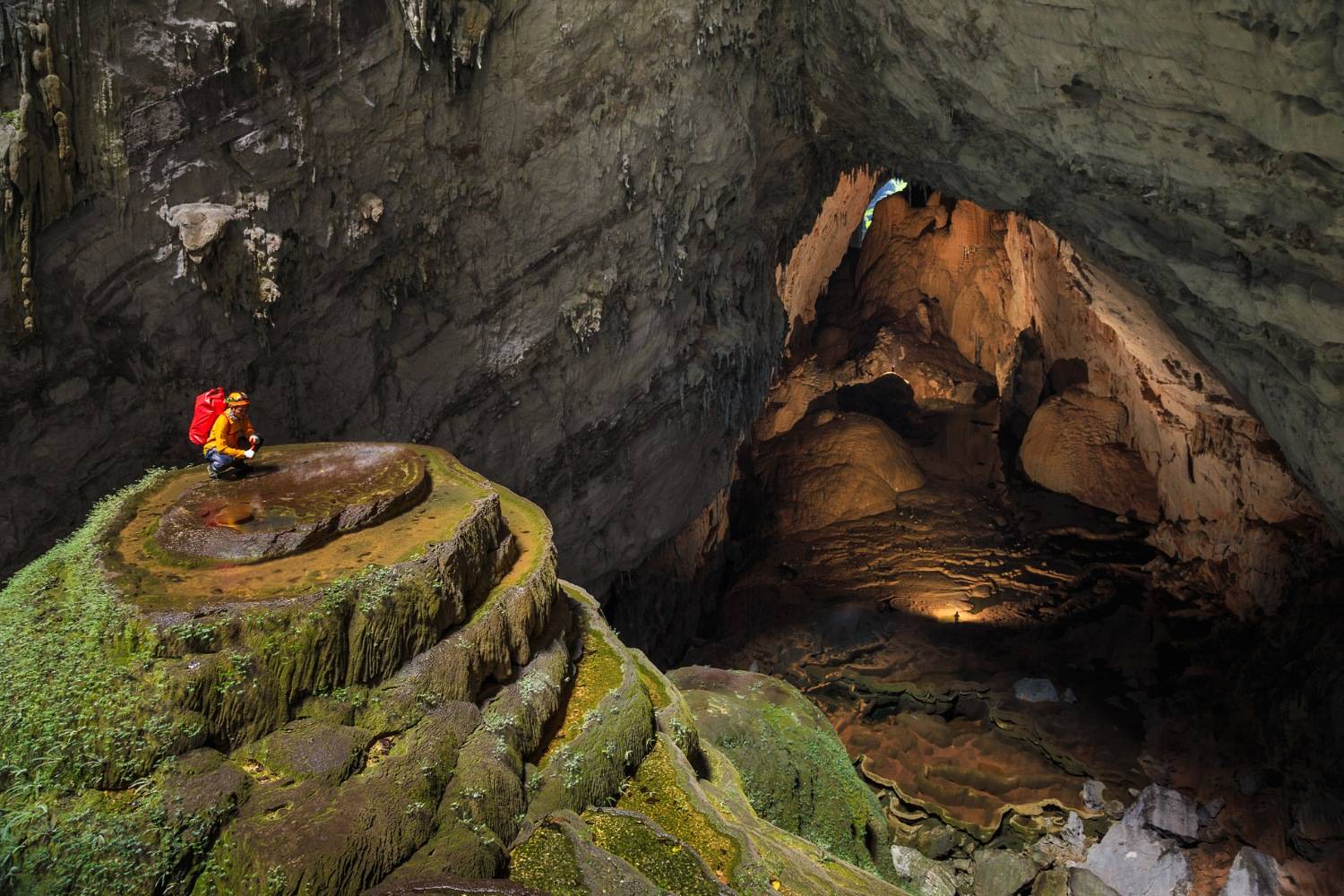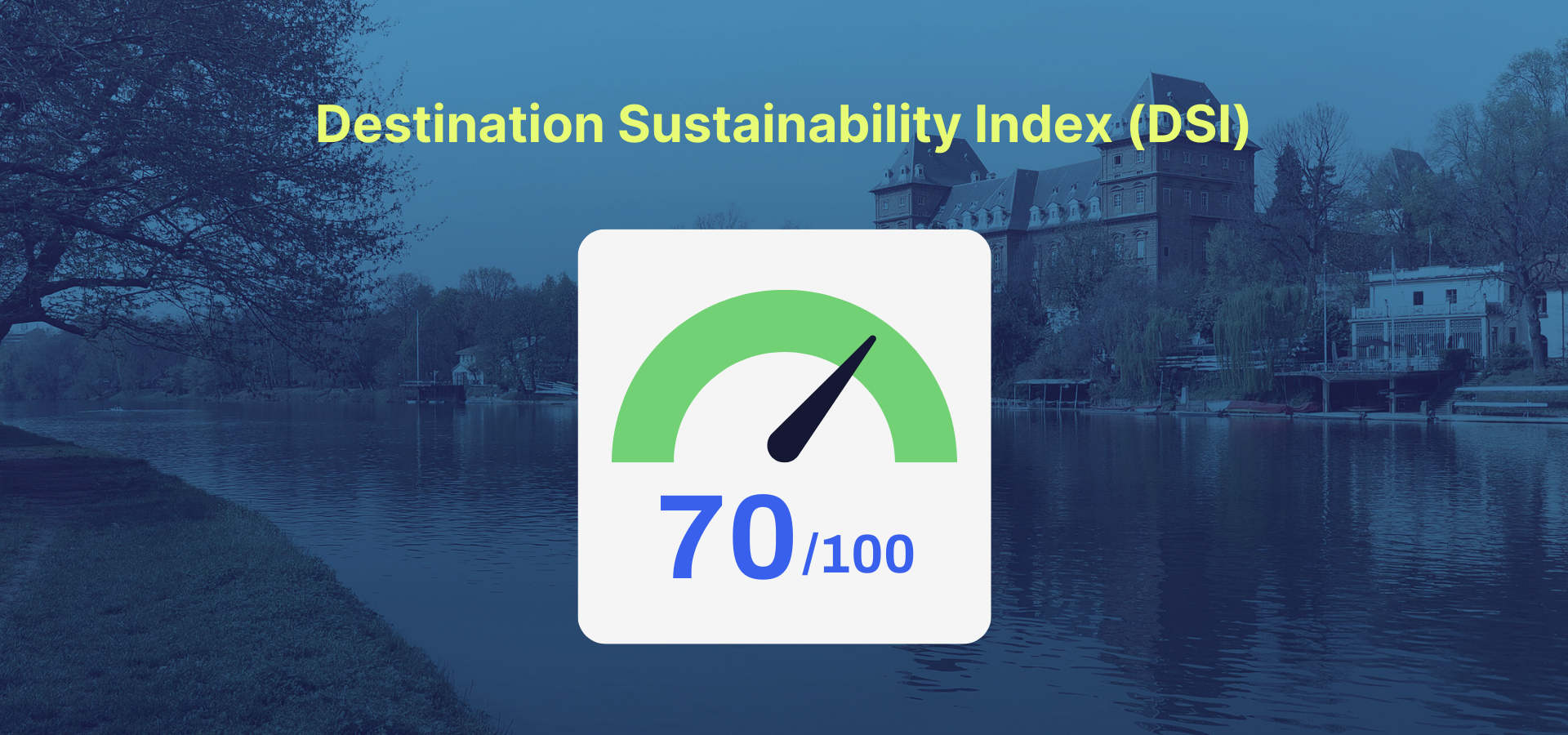Adventure Tourism: Crafting Itineraries for Thrill-Seekers in Destination Planning

Exploring the Thrill of Adventure Tourism
In an era where the daily grind often overwhelms, adventure tourism offers a much-needed antidote by luring travelers into the heart of excitement and unpredictability. As more individuals crave thrilling escapades, the appeal of engaging in adrenaline-pumping activities has surged, transforming typical vacations into memorable pursuits that invigorate both the body and mind.
To create an enticing adventure itinerary, several critical factors should be considered, ensuring that each trip is as exhilarating as it is meaningful.
Location
Selecting destinations with renowned adventure offerings is paramount. For instance, Colorado stands out as a premier location for winter sports enthusiasts, boasting world-class ski resorts like Aspen and Telluride. These cities draw skiers from all over the globe, offering powdery slopes and breathtaking mountain views. Meanwhile, the Grand Canyon, with its dramatic gorges and turbulent rapids, is a hotspot for white-water rafting, attracting adventure-seekers ready to tackle its Class V rapids during the spring melt. Each location not only provides a thrilling backdrop but also invites exploration of the local culture and natural wonders.
Activity Type
The type of activity plays a significant role in shaping the adventure experience. Options are vast, ranging from the serene yet challenging pursuits of hiking and mountain biking to more extreme sports like bungee jumping in places like New Zealand or skydiving over scenic landscapes. For those who prefer the underwater world, scuba diving in the Florida Keys offers encounters with vibrant marine life amid coral reefs. Each of these activities presents unique challenges and rewards, ensuring that adventurers can find something that resonates with their personal thrill-seeking styles.
Time of Year
Seasonal variations greatly influence the availability and desirability of certain activities. Winter might be the best time for skiing in the Rockies, while summer offers ideal conditions for rock climbing in Joshua Tree National Park, California. Furthermore, planning around specific events, such as surf competitions in Hawaii, can provide an additional layer of excitement. Understanding these seasonal dynamics ensures that adventure enthusiasts maximize their experiences by aligning their trips with optimal conditions.

In addition to focusing on location, activity types, and timing, integrating elements such as local culture, environmental sustainability, and safety measures can enrich the adventure experience. For example, engaging with local guides not only enhances immersion in the surroundings but also promotes economic sustainability within the communities visited. Moreover, prioritizing safety ensures that thrill-seeking does not compromise wellbeing, with proper precautions and preparation being a non-negotiable aspect of adventure tourism.
As the demand for adventure tourism continues to climb, meticulous destination planning is more essential than ever. With a thoughtful approach, travelers can connect with nature’s wonders and unearth thrilling experiences that transcend the mundane, transforming ordinary voyages into extraordinary adventures.
DISCOVER MORE: Click here for tips on budgeting your adventures
Key Considerations in Crafting Adventure Itineraries
Crafting the perfect adventure itinerary goes beyond simply selecting a destination and throwing together activities. To cater to thrill-seekers who crave immersive experiences and unforgettable memories, it is essential to consider a variety of factors that affect the overall adventure tourism experience. Here are some key elements to focus on:
Demographics of the Traveler
Understanding the demographics of the travelers is crucial in tailoring an adventure itinerary. Different age groups and interests will invariably have varying preferences for activities and experiences. For example, younger adventurers may be drawn to extreme sports like rock climbing and zip-lining, while families might opt for gentler pursuits like hiking or wildlife tours. Knowing the backgrounds of the participants, including their fitness levels and previous experiences, can help tour planners create customized adventures that will challenge yet delight.
Budget Considerations
An important aspect of any travel planning process is the budget. Adventure tourism can vary significantly in cost, depending on the activities chosen and the destinations selected. For instance, while a weekend kayaking trip in the Great Lakes may be cost-effective, a guided expedition to the rugged terrains of Patagonia will require a larger financial commitment. It is essential to create a well-rounded itinerary that balances experiences with affordability, ensuring participants are both excited and comfortable with the expenses involved.
Sustainability Practices
As the adventure tourism sector grows, considerations about sustainability and environmental impact have become more pressing. Involving eco-friendly practices can enhance the adventure experience while preserving the natural beauty that attracts travelers. Consider including activities that respect the local environment, such as hiking with minimal impact, participating in conservation projects, or choosing local accommodations that prioritize sustainable practices. Not only does this approach foster a sense of responsibility, but it allows travelers to contribute positively to the destinations they explore.
Safety Protocols
Ensuring the safety of all participants is paramount in adventure tourism. When planning itineraries, tour operators must assess the risks associated with each activity and implement the necessary safety protocols. This includes verifying the qualifications of guides, providing proper gear, ensuring compliance with local regulations, and having emergency plans in place. Clear communication about safety measures can instill confidence in travelers, allowing them to fully embrace their adventure experience.
- Assess the participant’s physical abilities for activity suitability.
- Research local regulations to comply with safety standards.
- Choose reputable service providers who prioritize safety and quality.
As tour operators and travel enthusiasts consider these elements, the key to a successful adventure itinerary lies in the balance between heart-pounding experiences and safe, sustainable practices. This careful consideration not only elevates the trip itself but also leaves a lasting impact on the traveler and the community they engage with.
Adventure Tourism: Crafting Itineraries for Thrill-Seekers
Adventure tourism has emerged as a pivotal segment in the travel industry, designed specifically for thrill-seekers looking to enrich their experiences with exhilarating activities. Crafting mesmerizing itineraries tailored to this demographic requires a deep understanding of various adventure offerings available worldwide. Whether it’s navigating rugged terrains or diving into a deep abyss, the blend of excitement and culture makes adventure tourism a unique attraction.
Understanding the Target Audience
To craft effective itineraries, it is crucial to pinpoint the target audience. Many thrill-seekers are not merely looking for heart-pounding experiences but also enriching activities that allow them to forge connections with nature and local cultures. This includes planning excursions that encompass hiking, rock climbing, zip-lining, or even culinary tours featuring local delicacies. Immerse yourself in the psychology of adventure travelers; they appreciate challenges but also seek safety and guidance.
The Importance of Safety in Adventure Planning
Safety must never be overlooked when organizing adventure tours. It is essential to select reliable operators and conduct thorough risk assessments. Incorporating safety briefings, insurance options, and emergency procedures in itineraries establishes trust and alleviates concerns for solo travelers and groups alike. Clearly-defined protocols and equipment inspections are paramount to ensuring participants feel secure, allowing them to embrace the thrill of the adventure.
Incorporating Sustainable Practices
Furthermore, integrating sustainability into adventure tourism planning creates a long-term impact on ecological conservation and local community support. Adventure travelers are increasingly drawn to businesses that prioritize eco-friendly practices and support local economies. Highlighting experiences that minimize environmental impact not only caters to the audience’s values but also enhances the overall experience. Activities such as wildlife rehabilitation tours or clean-up treks can be included as essential elements in the itinerary.
Creating Memorable Experiences
Lastly, adventure tourism is not just about adrenaline; it should offer transformative experiences. Embedding cultural immersion into itineraries—such as local festivals, traditional dances, or workshops—will captivate the travelers. Unforgettable memories are forged when adventurers engage with the landscapes and communities they explore. Thus, creating personalized itineraries that interweave adventure with meaningful interactions ensures that the thrill-seekers walk away with stories to tell long after their journey concludes.
| Category | Advantages |
|---|---|
| Safety Assurance | Enhanced traveler security through comprehensive safety protocols and guided experiences. |
| Local Engagement | Meaningful interactions with local cultures enrich the travel experience and support community development. |
Each of these elements contributes significantly to the allure of adventure tourism and plays a vital role in creating enthralling itineraries that resonate with thrill-seekers.
DISCOVER MORE: Click here to dive deeper
Engaging Adventure Activities and Unique Experiences
As part of crafting appealing adventure itineraries, it is vital to include a range of engaging activities that resonate with the spirit of adventure travelers. Activities should not only promise excitement but also create opportunities for cultural immersion and personal growth. Here are some riveting experiences to consider:
Adventure Sports
Adventure sports are often the highlight of any itinerary aimed at thrill-seekers. Their variety offers something for everyone, from heart-pounding white-water rafting in West Virginia’s New River Gorge to thrilling bungee jumping off the gorges in Oregon. Challenge enthusiasts can also explore the challenging terrain of Moab, Utah, for rock climbing or mountain biking. Highlighting these unique activities can draw in adventure lovers who seek those adrenaline spikes and feel the allure of pushing their limits.
Cultural Connections
An itinerary should also embrace the cultural aspect of adventure tourism. Travelers are increasingly seeking experiences that connect them with local cultures, traditions, and communities. Include opportunities for visitors to engage with indigenous tribes in the Pacific Northwest or learn traditional survival skills from local guides in the Wind River Range of Wyoming. These encounters not only enrich the travel experience but foster an appreciation for cultural diversity and respect for local customs.
Nature Conservation Activities
Incorporating nature conservation activities into adventure itineraries can appeal to environmentally conscious thrill-seekers. Programs like wildlife monitoring within national parks, beach clean-ups, and reforestation projects not only provide unique experiences but also instill a sense of purpose among participants. Adventure tourists who engage in such activities, like helping with sea turtle conservation in Florida, create lasting memories while contributing positively to the ecosystems they explore.
Customized Experiences for Diverse Preferences
Diverse preferences necessitate the inclusion of customized experiences that cater to various levels of thrill and adventure. For medical professionals, a sunset kayak tour in California may satisfy after a hectic week, while a corporate group may opt for a team-building zip-line course. Crafting itineraries that accommodate these differences can optimize satisfaction and allow everyone to walk away with cherished memories. Engaging local experts who specialize in various adventurous offerings can further enhance the experience, providing deep insights and local knowledge.
Off-the-Beaten-Path Destinations
Adventure seekers are often in search of off-the-beaten-path destinations that go beyond easily accessible tourist attractions. As such, itineraries should aim to introduce travelers to hidden gems like the remote caves of New Mexico or lesser-known hiking trails in New Hampshire’s White Mountains. These undiscovered areas not only provide breathtaking landscapes but also lessen the environmental impact on more popular spots prone to overcrowding. Highlighting these innovative destinations can captivate travelers eager for unique experiences.
As travel planners incorporate these activities into their adventure itineraries, they not only satisfy the cravings of thrill-seekers but also promote responsible travel. A well-balanced blend of engaging sports, cultural connections, and unique experiences can elevate an adventure travel experience, leading travelers to embrace the spirit of exploration and adventure.
DISCOVER MORE: Click here for tips on planning itineraries
Conclusion: Embracing the Spirit of Adventure
In the ever-evolving landscape of travel, adventure tourism stands out as a unique and exhilarating opportunity for thrill-seekers to explore the world around them. Crafting effective itineraries necessitates a meticulous approach that blends adventure sports, authentic cultural connections, and meaningful nature conservation activities. Each element plays a critical role in fulfilling the desires of travelers who seek not just adrenaline, but also a deeper understanding of the environments and communities they encounter.
As planners design these experiences, they must recognize the growing demand for customized adventures that cater to diverse preferences. By incorporating off-the-beaten-path destinations, travelers can uncover hidden treasures while contributing positively to local economies and ecosystems. Moreover, engaging local experts enhances itineraries with invaluable insights and leads to a more enriching experience.
Ultimately, adventure tourism transcends mere thrill; it offers an avenue for personal growth and connection to nature and culture. As travel enthusiasts embark on their journeys, they not only quench their thirst for excitement but also foster a profound respect for the diverse world they explore. Embracing this multifaceted approach to adventure tourism is essential for any destination aiming to attract and retain thrill-seekers in a competitive market. With adventure horizons expanding, there has never been a better time to embark on your next incredible journey.


